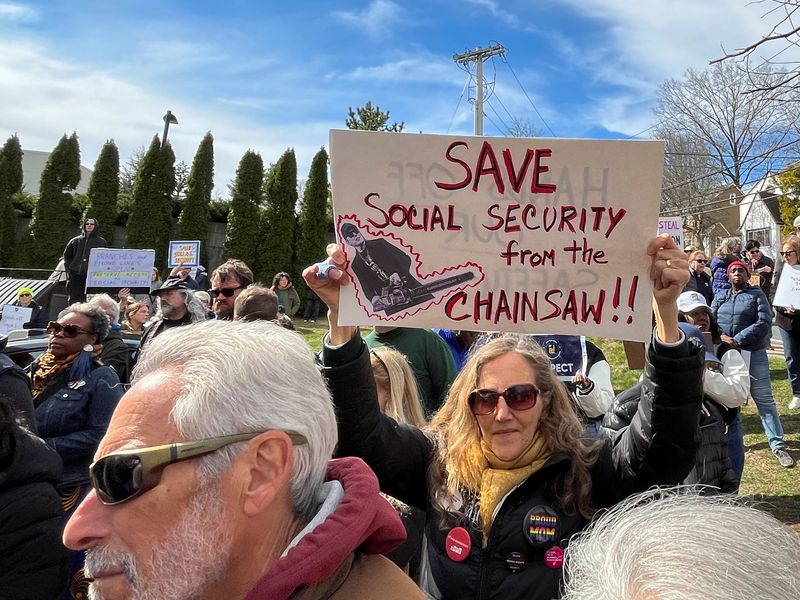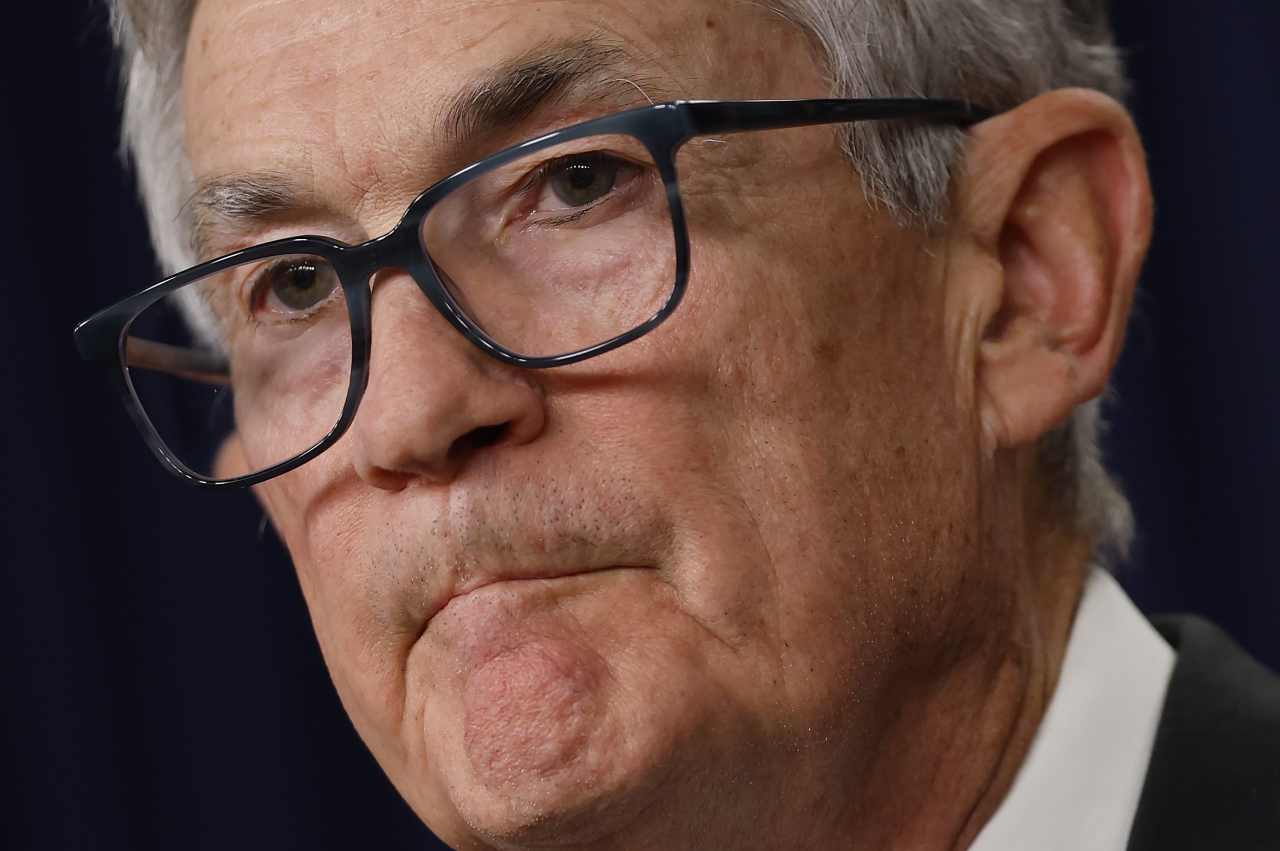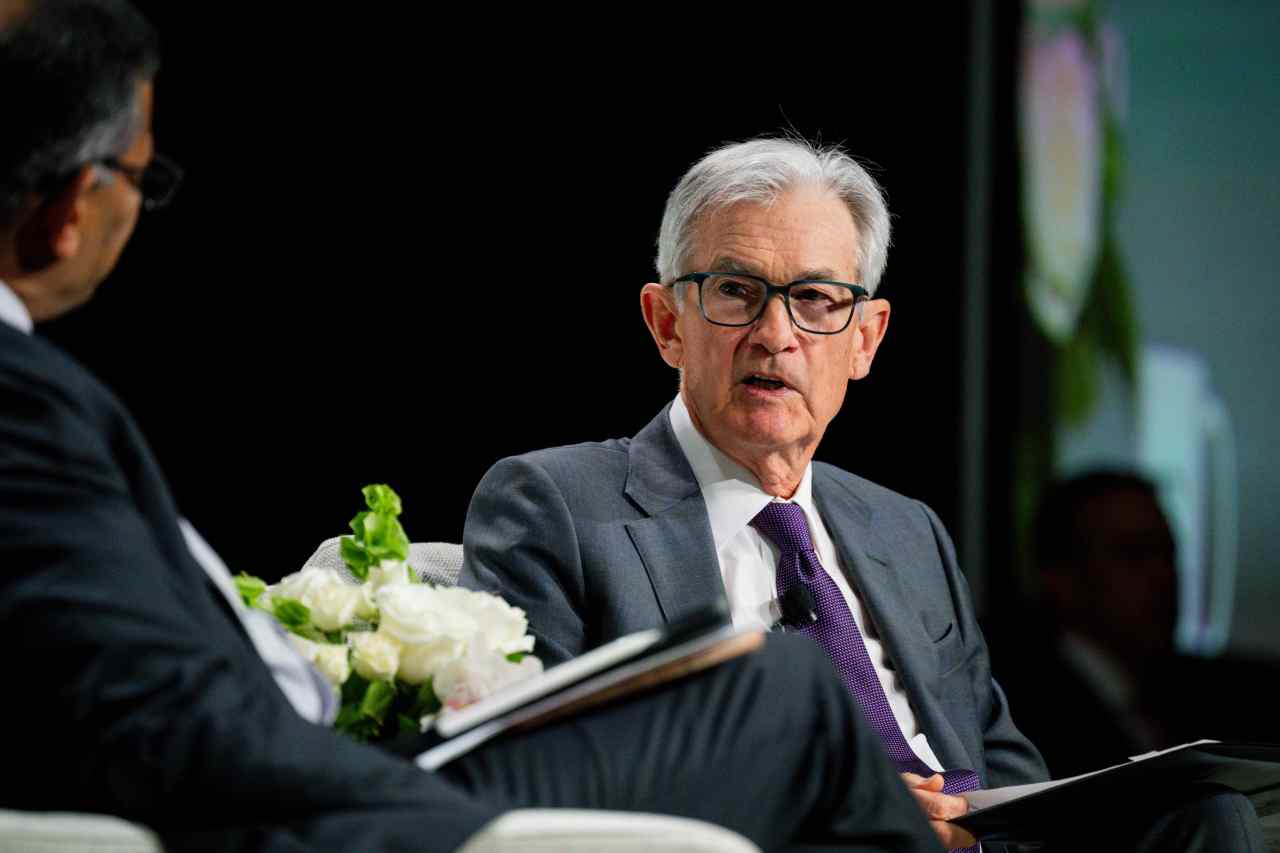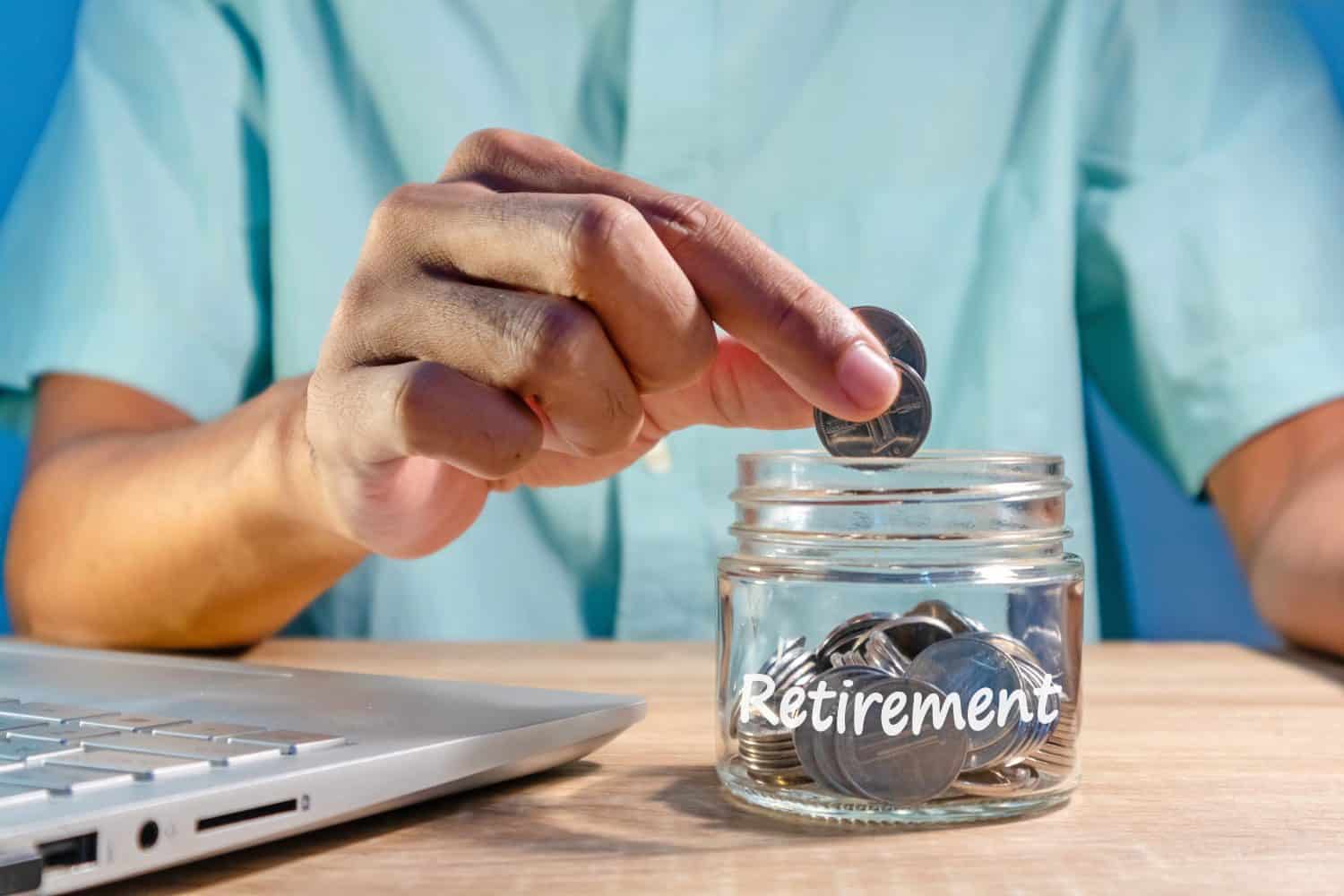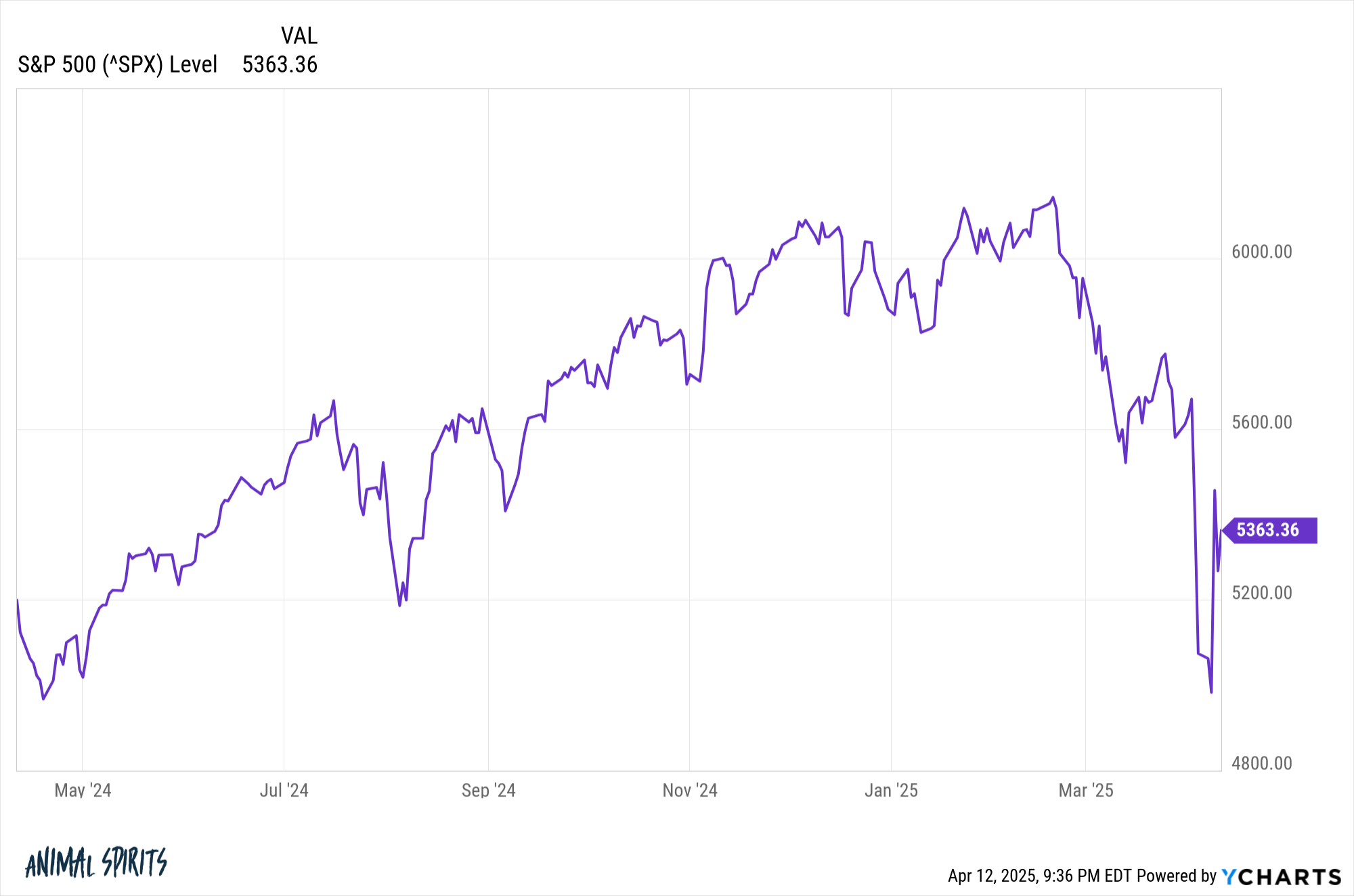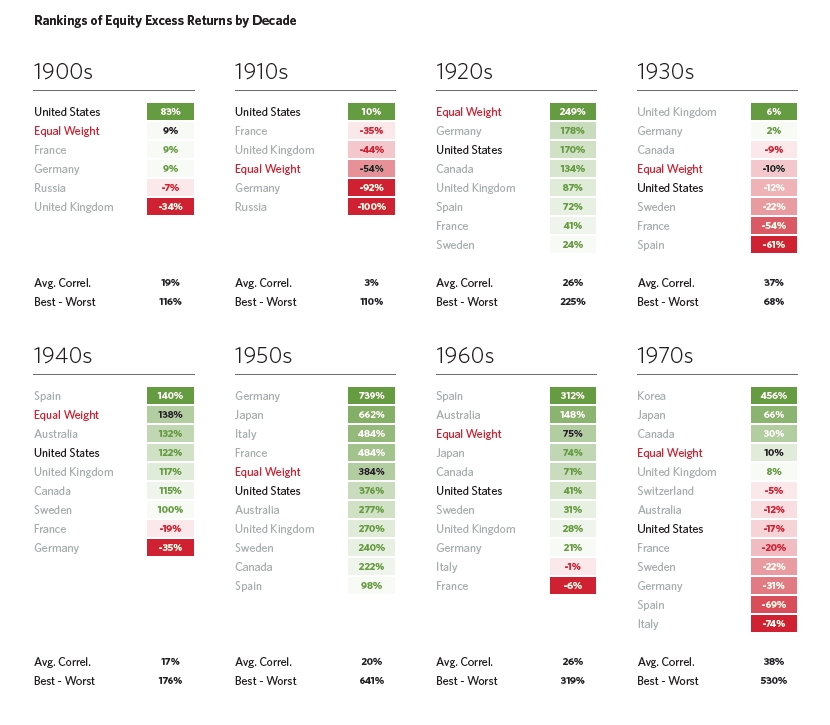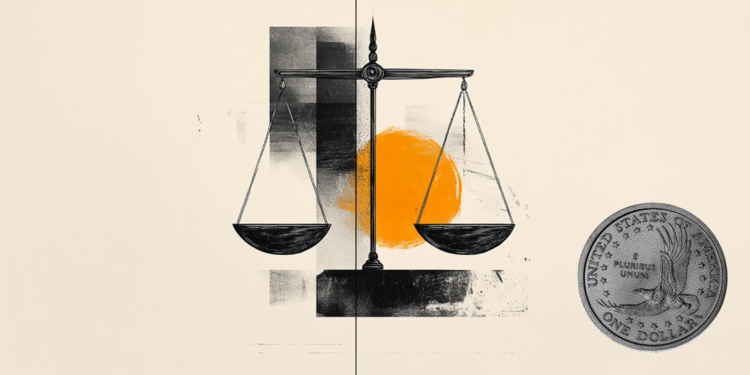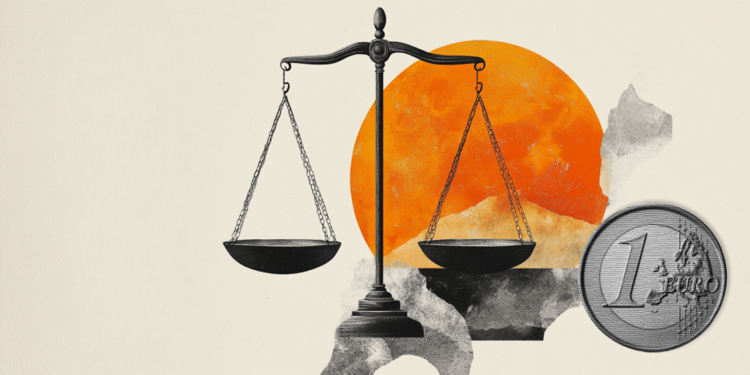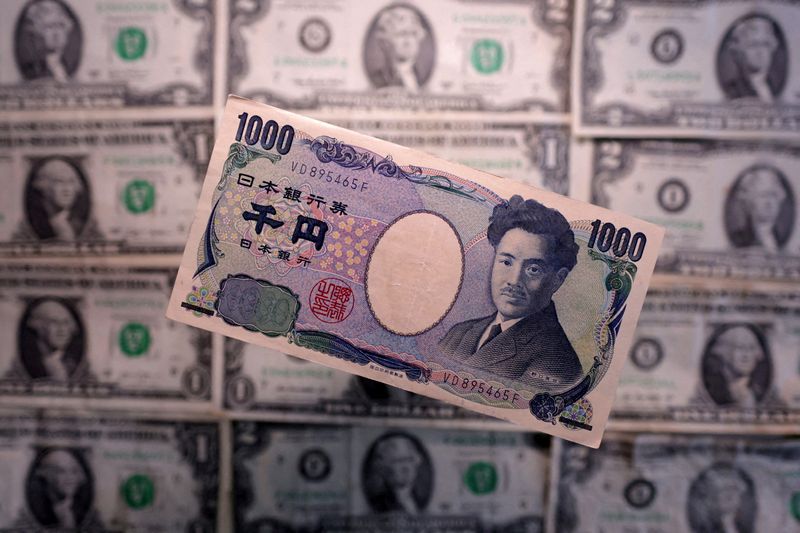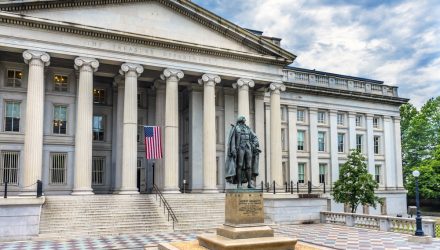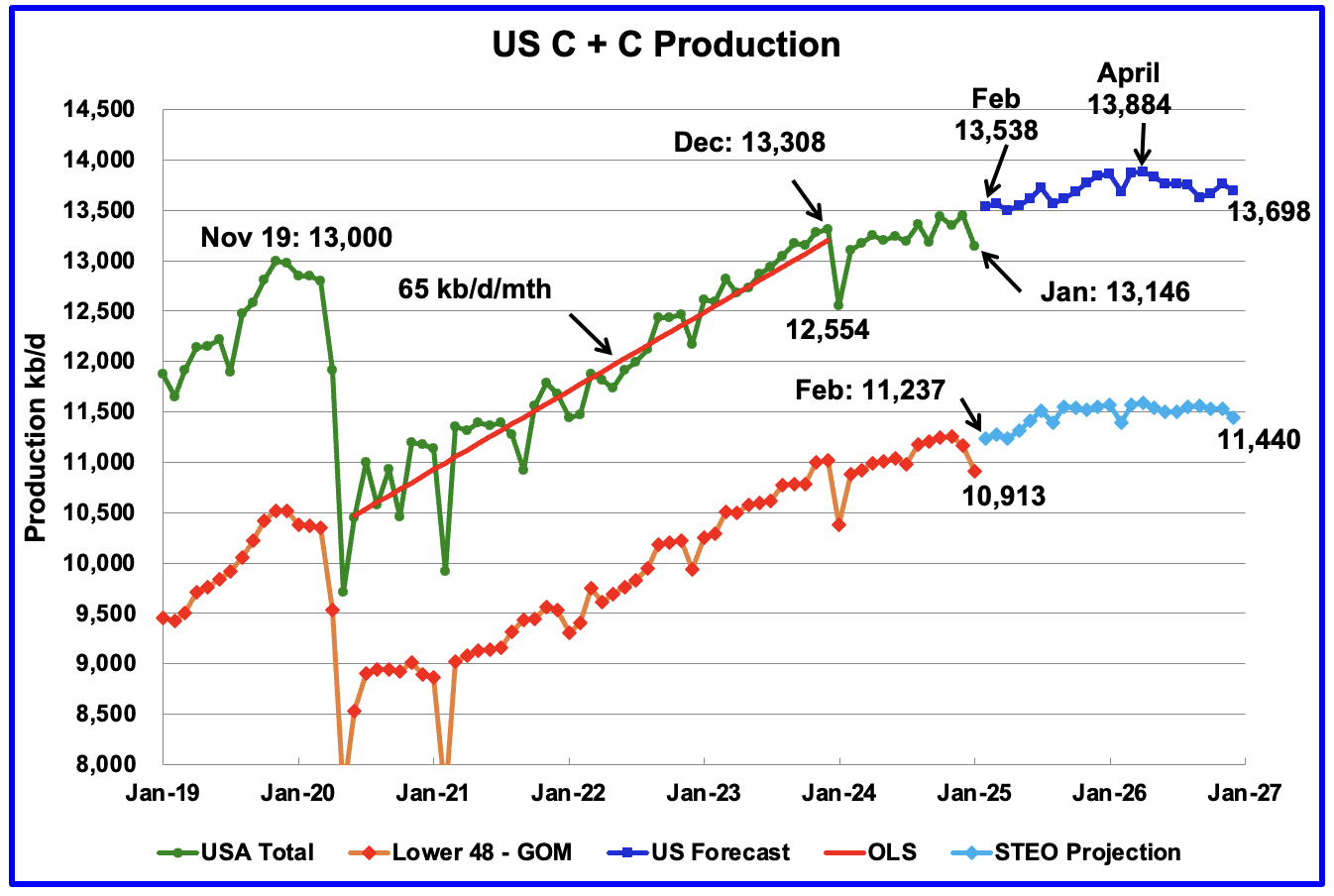How Much of My Income Should I Save for Retirement in My Late 30s?
If you’re approaching your late 30s, it’s time to start getting serious about saving for retirement. Undoubtedly, as one’s career progresses, the paycheck gets fatter, and one’s cash outflows creep higher to match their swelling inflows, it’s easy to prioritize lifestyle, enjoyment, and living in the present moment over contributions to that 401(k) or Roth […] The post How Much of My Income Should I Save for Retirement in My Late 30s? appeared first on 24/7 Wall St..
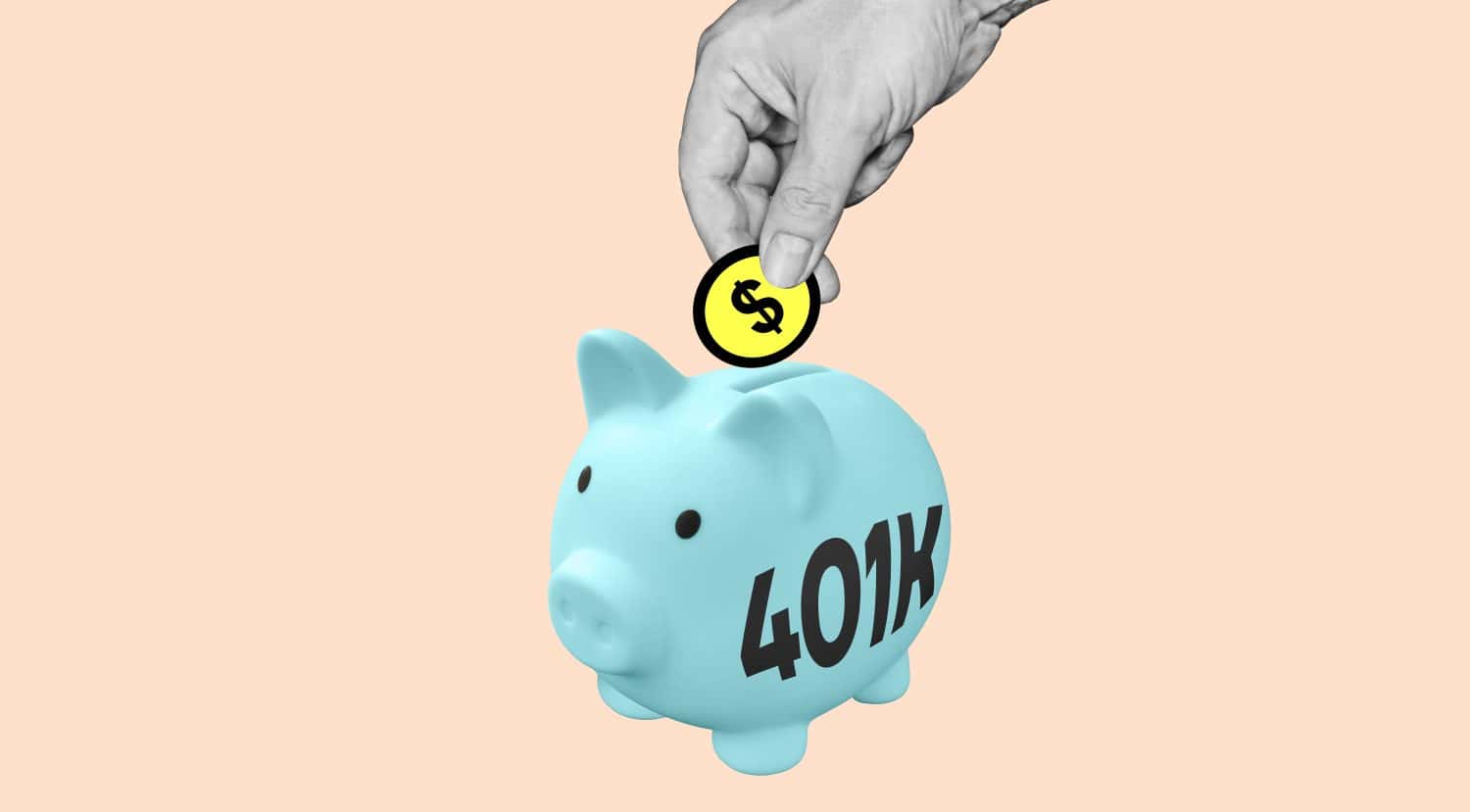
If you’re approaching your late 30s, it’s time to start getting serious about saving for retirement. Undoubtedly, as one’s career progresses, the paycheck gets fatter, and one’s cash outflows creep higher to match their swelling inflows, it’s easy to prioritize lifestyle, enjoyment, and living in the present moment over contributions to that 401(k) or Roth IRA. Indeed, at such a young age, one can certainly afford to enjoy rather than save for the future.
And while there’s more flexibility to pull back on saving as one plans to make up for lost time further down the road, when they’re somewhat closer to retirement, it’s important to note that things don’t get easier with time. Arguably, the best time to get started investing is today, when one has an investment horizon that’s long enough to allow one to make bolder moves at a time when most older investors would rather the panic button with stocks.
Key Points
-
Someone in their 30s may wish to trim expenses so that they can save more to invest after a market plunge.
-
Are you ahead, or behind on retirement? SmartAsset’s free tool can match you with a financial advisor in minutes to help you answer that today. Each advisor has been carefully vetted, and must act in your best interests. Don’t waste another minute; get started by clicking here here.(Sponsor)
Wednesday’s epic rally shines a bright light on the dangers of getting out after a panic-driven markdown in stocks
With the S&P 500 blasting off by close to 10% on Wednesday following news of Trump’s plans to delay tariffs by 90 days, we all witnessed firsthand why it’s so dangerous to sell into a panic. It’s times like Tuesday, when all seems hopeless and stocks seem less than investable, that tend to be a glorious buying opportunity. Indeed, we’re in a reactionary market environment right now.
And while it can be easy to lose sight of the long-term trajectory and the intrinsic worth of shares behind the companies, I do think that calm-tempered investors with time on their side can have a better time taming such a profoundly volatile market that would cause many to rethink their risk tolerance. It’s not hard to imagine that a handful of long-term investors had figured out they probably weren’t as immune to volatility and equity risk as they would have thought when Trump first stepped foot back into the Oval Office a few months ago.
Either way, I’d encourage investors to stay the course and not delay just because of something Trump recently said that moved markets. Whether it’s bullish commentary (a pause to tariffs) or an escalation to tariffs laid out on Liberation Day (which could easily give back the gains enjoyed on Wednesday’s historic rally), it’s best to play the long game and not keep checking one’s portfolio value every day or week. It’s a mistake to do if it leads one to make a move. Often, sitting on your bottom and doing absolutely nothing is the best thing you could do for your portfolio after a horrific plunge in stocks. “Don’t just do something — sit there.” is a phrase that applies when it comes to stock investors.
Corrections and crashes will always happen every once in a while. Best be ready for them and not overreact once there’s blood in the Street
In any case, let’s check in on the case of a Reddit user in their late 30s who’s wondering what percentage of their paycheck they should deploy for retirement. I probably won’t be the first to say it, but there’s no hard and fast rule.
For someone who’s found they’re falling a bit behind or has the desire to accelerate their retirement progression, I’d encourage cutting lifestyle expenses and investing the difference into stocks. In one’s 30s, the latest Trump correction may be viewed as more of a gift than a sign to sell. Indeed, a 60-something-year-old investor closing in on retirement probably views the stock price implosion as a disaster. But for someone who’s still early into their career, I’d argue that it makes sense to stay the course and not panic, even if their portfolio is down by four or five figures on any given day. It’s never easy to go against the grain when there’s so much uncertainty. But it’s vital to remember that being an investor in stocks requires patience and courage to ride out the eventual bumps.
Remember, there’s always some crisis or scare that can frighten one to sell. Some of the time, such scares are overdone, opening the door for steep discounts on various high-quality stocks. The 9.5% rally in stocks on Wednesday’s session seems to have wiped out the biggest of bargains. But if come July and there’s no progress on tariffs, we could be right back to where we were last week. With that in mind, it’s important to be prepared to buy the dips as a younger investor who can better take the pains of the sudden markdowns.
The post How Much of My Income Should I Save for Retirement in My Late 30s? appeared first on 24/7 Wall St..






